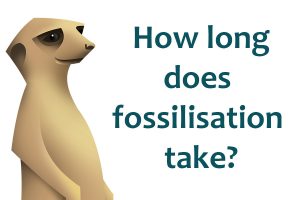There are more than 10,000 species of living, breathing dinosaurs on Earth today. It’s just that we call them birds. And while a chicken might seem like a measly ancestor for the enormous T-rex, modern birds can teach us a lot about dinosaur evolution. A huge genome sequencing project, which recently culminated in the publication of nearly 50 genome sequences and the most accurate tree of bird evolution to date, has further blurred the line between bird and dinosaur. Spurring a plethora of studies into the origins of our modern feathered, singing friends, the December 2014 edition of Science taught us that the transition from dinosaurs to birds was gradual and began long before the Dinosaurs were gone. It taught us that it involved multiple independent origins of bird song, a characteristic that now dominates around 10% of the genome. And it taught us that the evolution of flight was facilitated by new genes and new gene regulation, but also by the loss of genes.
Making a Chicken from a T-Rex
Last October, the Therapod Working Group constructed a new phylogeny (family tree) for Dinosaurs, based on morphological characteristics measured in fossil remains of over 150 different species. The new tree revealed fascinating insights into the nature and pace of avian evolution.
Continue reading →




